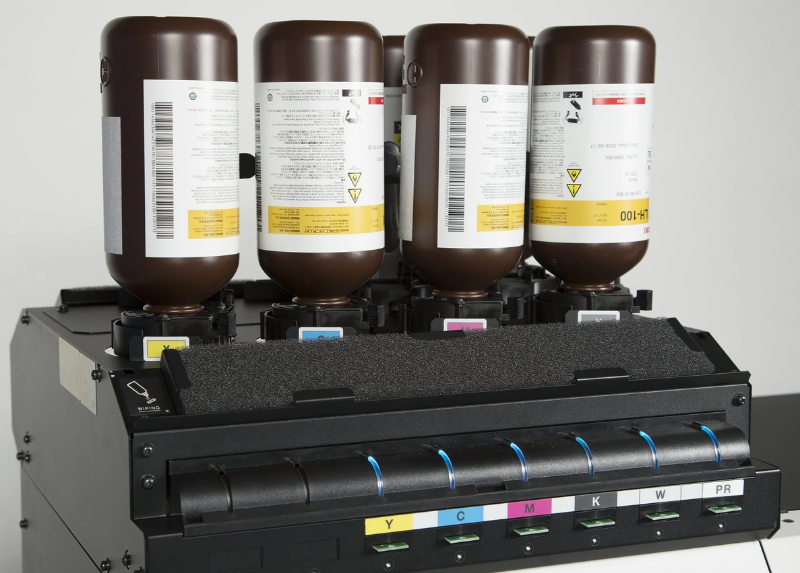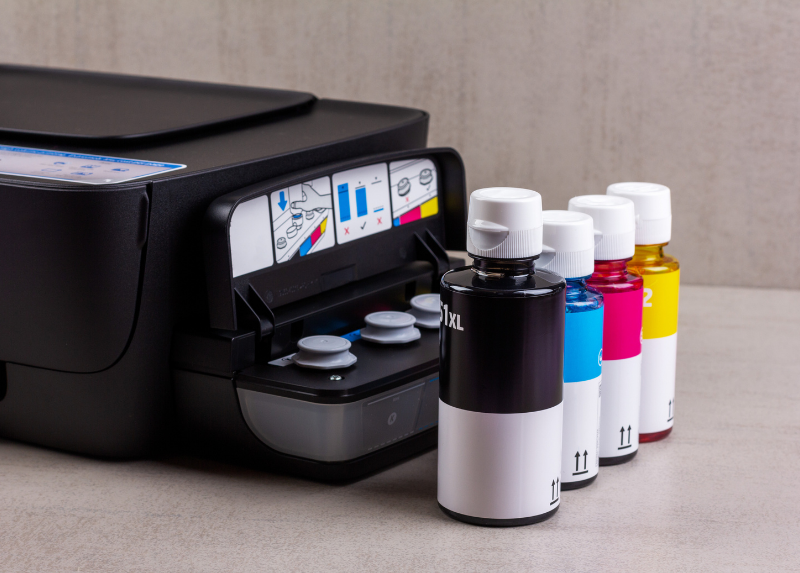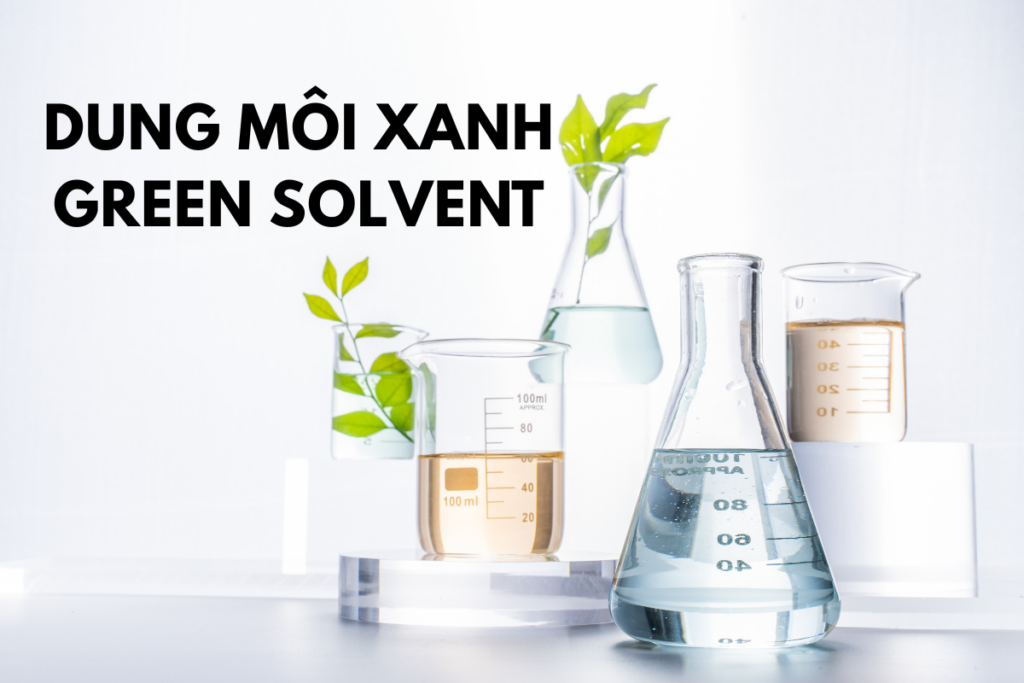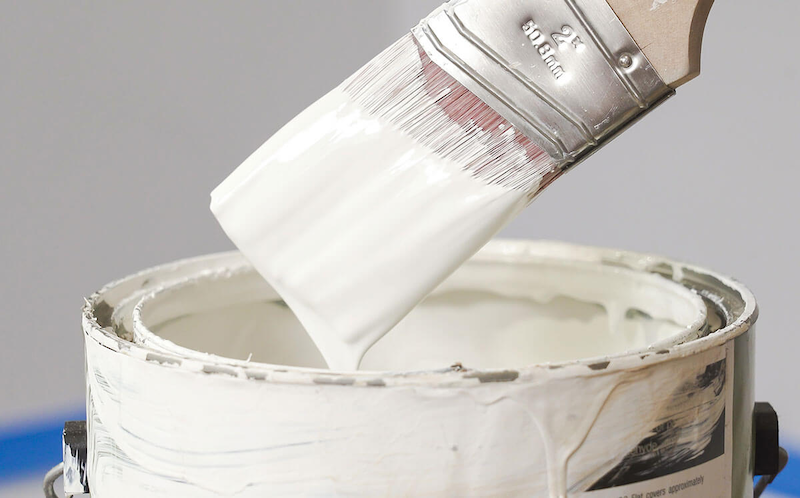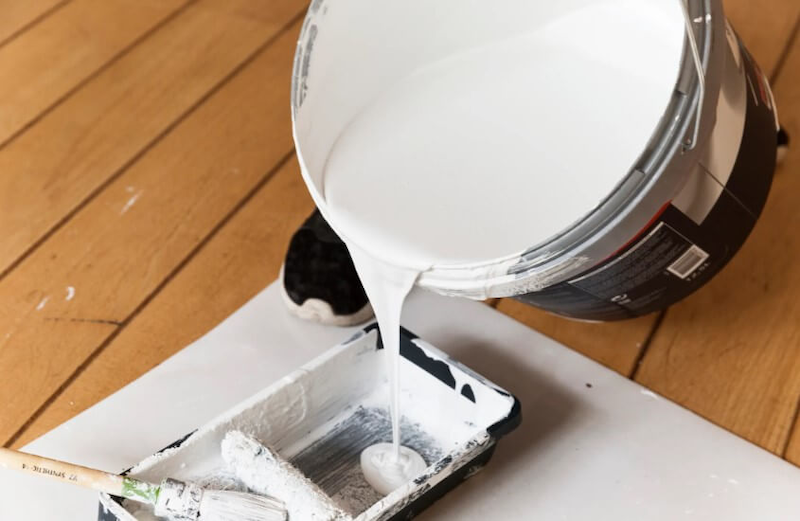Thinner for OPP: Main Components, Functions, Usage Notes
16/05/2025
|
Industry news
OPP film (Oriented Polypropylene) is a type of film made from oriented polypropylene resin. It is easily stretchable, highly transparent, moisture-resistant, moderately rigid, brittle, with a glossy and clear surface. It is odorless, non-toxic, and environmentally friendly. However, to produce such high-quality films, Thinner for OPP plays a crucial and decisive role in the manufacturing process. So, what is Thinner for OPP? What are its chemical properties, main components, and how does it affect the quality of OPP films? Let’s explore all of that in the article below!
What is Thinner for OPP?
Thinner for OPP is a chemical or solvent mixture used to dilute printing ink, especially ink used for printing on OPP (Oriented Polypropylene) material. OPP film is a popular plastic material in the packaging industry, characterized by transparency, gloss, good water resistance and mechanical durability, often used to produce bags, labels or food packaging.
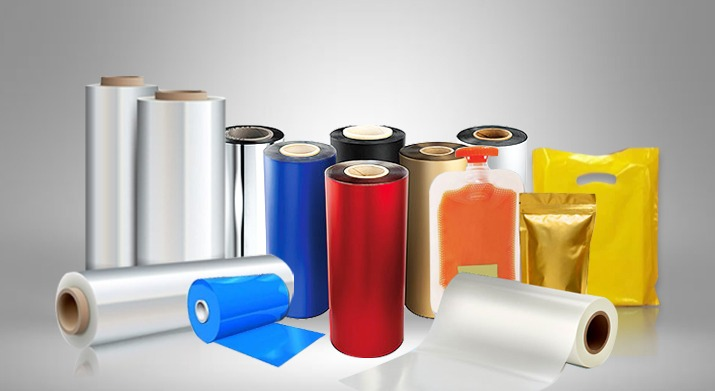
Chemical Properties of Thinner for OPP
- Inertness to OPP film: These solvents do not react chemically or degrade the polymer structure of OPP, ensuring that the film retains its mechanical properties.
- Good solubility: They are capable of dissolving resin, pigment, and additives in the ink, creating a homogeneous mixture.
- Adjustable volatility: Depending on the printing speed and technical requirements, solvents are selected or mixed to control the drying time of the ink.
- Non-polar or slightly polar: This makes them compatible with the non-polar nature of OPP film, increasing adhesion without the need for overly complex surface treatments (such as corona treatment).
Main Ingredients in Thinner for OPP
Main organic solvent
- Toluene (C6H5CH3): A popular solvent due to its good solubility, fast evaporation, helping the ink dry evenly on the waterproof OPP surface.
- Xylene (C8H10): Used to adjust the evaporation rate slower than Toluene, increasing adhesion and even coating ability on the OPP film.
- Ethyl Acetate: A mild solvent, less pungent odor, often used to mix gravure printing ink on OPP, helping to balance drying speed and viscosity.
- Isopropyl Alcohol (IPA): Dilutes ink and aids cleaning, often used in solvent-based or mixed inks.

Co-solvent
- Butyl Acetate: Increases solubility and improves the gloss of ink on the OPP surface.
- Ethanol: Sometimes added to adjust viscosity and drying speed, especially in environmentally friendly ink systems.

Property modifiers
- Glycol Ethers (e.g. Butyl Glycol): Helps control evaporation rate, improving the smoothness of the ink layer when printing on OPP.
- Ketones (e.g. Acetone): Increase the solubility of resin in ink, but are less commonly used due to rapid evaporation, which can cause clogging during printing.
Factor Affecting the quality of Thinner for OPP
Main factors affecting the quality of Thinner for OPP:
Chemical composition of the solvent
Purity: Solvents containing impurities such as water, dust, or other compounds will reduce the ability to dissolve ink, cause clumping, or make the print blurry and uneven. High purity ensures good ink adhesion and stable print quality.
Chemical compatibility: The solvent must be compatible with the ink components (resin, colorant) and the OPP film surface. For example, toluene or ethyl acetate are usually compatible with OPP ink, while unsuitable solvents can cause the ink to not adhere or peel off.
Evaporation rate
Evaporation rate affects the drying time of the ink. Solvents that evaporate too quickly (such as acetone) cause the ink to dry before printing evenly, causing the printer to clog. On the contrary, evaporation is too slow, making the print take a long time to dry, easy to smudge or stick.
Viscosity
The solvent adjusts the viscosity of the ink. If the viscosity is not suitable (too thick or too thin), the ink will not spread evenly on the OPP film, affecting the sharpness and detail of the print.
Environmental conditions: temperature, humidity, ventilation
High temperatures make the solvent evaporate faster, while high humidity can reduce the effectiveness of the solvent (especially with hygroscopic solvents such as IPA). Environmental conditions need to be controlled to optimize quality.
Origin and production standards
Solvents from reputable suppliers, produced according to standards (such as ISO), are often of more stable quality than floating goods of unknown origin.

Notes on using and storing thinner for OPP
- The storage and working areas must be well-ventilated or equipped with proper ventilation systems, as many types of OPP ink diluents contain volatile substances that can be harmful when inhaled.
- Technicians should wear masks, gloves, and safety goggles to protect themselves from hazardous chemicals.
- Store according to the manufacturer’s instructions—in a dry, cool, and well-ventilated place. Keep solvent containers tightly sealed and away from open flames or high-temperature sources.
- Technicians must avoid contact of the solvent with skin or eyes, and only use the necessary amount to ensure both efficiency and safety in the workplace.
Thinner for OPP must ensure high purity, chemical compatibility, and appropriate evaporation rate. Additionally, technicians should carefully consider the formulation ratio between the solvent and oriented PP resin to produce a material that is easily stretchable, highly transparent, moisture-resistant, and moderately rigid.
Contact K-Chem today – a trusted supplier of a wide variety of high-quality OPP ink solvents in bulk at affordable prices – to receive free consultation from our team of experienced experts!
K-CHEM VIETNAM CO., LTD
- N6B Road, Lot F, Phu Chanh 1 Industrial Park, Phu Chanh Ward, Tan Uyen City, Binh Duong Province, Vietnam
- Tel: +84 274 362 0218
- Email: info@k-chem.vn
- Website: https://k-chem.vn


